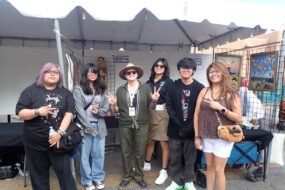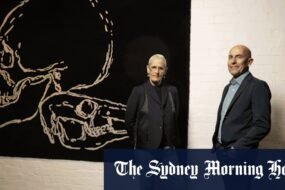
I was delighted to read your column, “How indigenous art became in demand” (The Art Market, Life & Arts, June 14).
For decades, social enterprise academics and practitioners have championed fairness, equality and diversity by advocating for better market access for farmers in the global south. We have long argued that trade — not aid — is the sustainable path to shared prosperity and development.
From Fair Trade bananas to Fair Trade indigenous art, we have campaigned to correct market, governmental and societal failures that deprive millions of access to basic goods, services and fair economic participation. This column highlights one such failure — the exclusion of indigenous art from global markets by the dominant institutions of the art world.
Thankfully, the tide is turning.
The growing movement to decolonise the arts is beginning to open doors — enriching the global cultural landscape and bringing long-overdue recognition to indigenous artists. This shift benefits not only the artists and their communities but also collectors, galleries and audiences who seek new and diverse perspectives.
The market for indigenous art is still emerging, and its full potential is yet to be realised. In the future, those who fail to value these rich artistic traditions may find themselves lacking in the cultural capital that increasingly shapes opportunity and influence.
Charles Oham
London E4, UK









